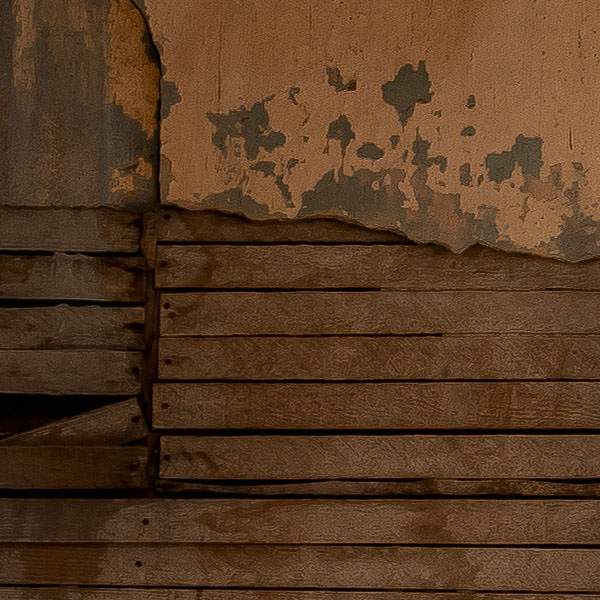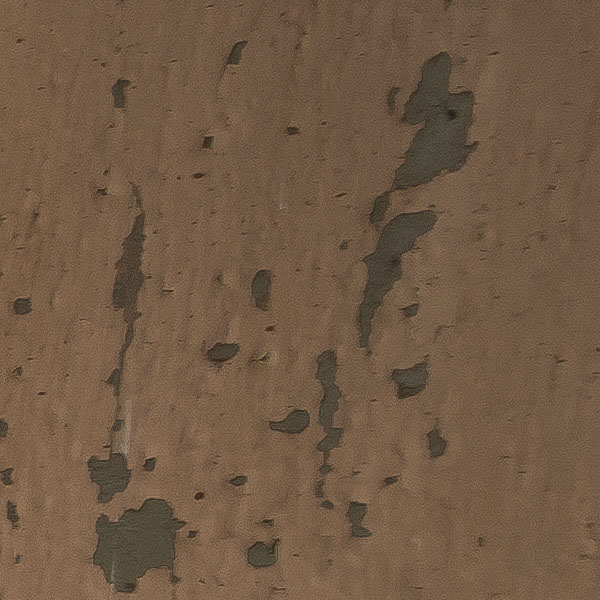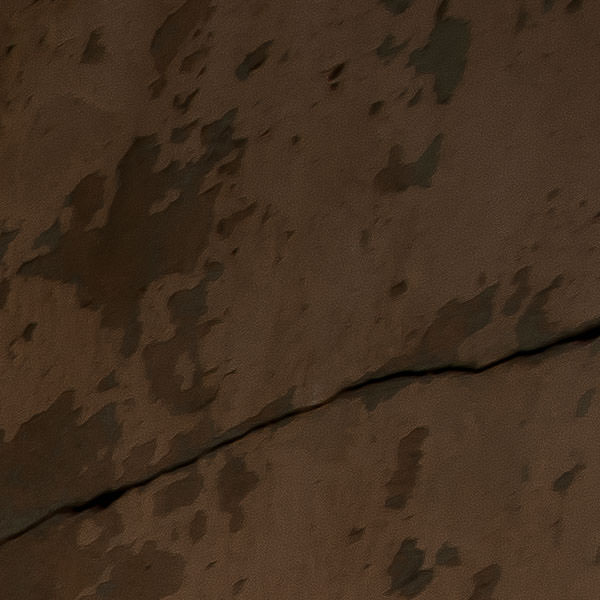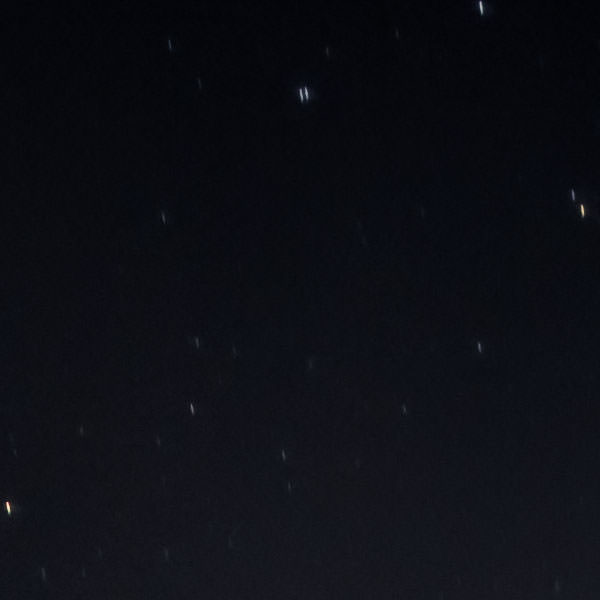Review: The Laowa 15mm f/2 FE Zero-D is a Fine Lens at a Fair Price
![]()
A few weeks ago Laowa sent me a copy of their first lens dedicated to Sony’s full frame E-mount system, the 15mm f/2. This lens is meant for landscape and astrophotographers who want to capture as much of the beautiful night sky as possible; which means wide and fast.
First, let’s talk about the physical design and characteristics.
Physical Characteristics
![]()
Since it was designed for a mirrorless system, they were able to pack in a very wide lens with a fast aperture into a compact system. They’re able to keep things slim thanks to a shorter flange focal distance and by staying clear from fancier things like autofocus or stabilization. What you’re getting is glass and metal. The 15mm is built like a tank. I don’t feel like I’m using a plastic toy. That does mean that it is a bit on the heavier side, but still pleasant to use (500g or 1.1 lbs).
The aperture ring can click in one stop increments from f/2 to f/22; or can be declicked — great for you video buffs. I did a quick video to show off the smooth transition between exposures as well as to see how things look at f/2. You can certainly see some vignetting going on here but this is wide open on a very wide lens, that’s going to happen with these kinds of specs. The bokeh is actually quite pleasing if you want to get super close to your subject like I did here. That’s not going to happen often, but at least you can see how that turns out.
There are hyperfocal distance markers on the barrel making things nice for the times when you want to get as much in focus as possible. The lens hood is metal and removable and it has a regular old lens cap. Why’s that last comment important? Well, that means you can use regular old filters on this thing. You don’t need to spend the extra money on expensive 150mm systems but you still get plenty wide. This can not be said about Nikon’s 14-24mm or Sigma’s new 14mm f/1.8.
Laowa also included a copy of their CPL filter with the lens that I was happy to screw onto the front element. Overall, the lens has a nice design and great feel. Okay, enough about what the lens looks and feels like, let’s dig into the real reason why you’re reading this review, how does it perform?
Image Quality
![]()
Laowa produces good performers in terms of quality. Would I put them on par with a Zeiss lens? Maybe not. However, you’re also not paying Zeiss prices, not in the slightest. That being said, it does a fantastic job resolving on a 42MP sensor. This could become a landscape photographer’s dream lens given it offers the ability to shoot fast for those times you want to cut down on ISO usage.
The lens also has Laowa’s (interestingly named) ‘Frog Eye Coating’, which I find to be very helpful when shooting near a source of water or in the rain. Rather than let beads of water build up on the glass it just tears down out of the way. As for sharpness, I’ll give you some samples to go off of below with the main image followed by 1:1 crops of the center, right edge, and upper right corner. Now, I’m not a guy who likes to shoot walls to test exactly how sharp a lens is. Instead, I chose a room with a bit more character to see how well it did.
![]()



As you can tell, the lens produces nice details and does very well for being so wide; especially at the center. The smearing near the edges may also be due to the depth of field given how small of a space I was working in for this example. As for distortion, Laowa continues to do very well with controlling that.
Before I go any further I’d like to clarify what distortion is and what it isn’t. When shooting straight lines, this lens will keep the lines straight. Unlike a fisheye lens that will show varying amounts of curvature. Distortion is not the same as an exaggerated perspective. That’s something you get with ultra wide angles. This has to do with the field of view of the lens. If you’re going to be using an ultra wide lens, then be prepared to have an exaggerated perspective.
The distortion on this lens was minimal, and the slight amount I did notice was very easily corrected in Lightroom with minor adjustments. Which brings us to the next point, let’s talk about how things go when you place it under a blanket of stars.
Astrophotography
![]()
For this section, I wanted to get a sense of how it performs in terms of coma control. This image was shot for 20 seconds at 15mm. Below is a couple of sections of this image at a 1:1 crop. As you can see, the upper edge does show some of the night sky aberration. Once you get towards the center of the frame you certainly see cleaner stars.


Overall Impressions
![]()
If you’re a landscape, astro, or architecture photographer shooting with a full frame E-mount system then I would recommend this be on your radar. It delivers fine results in a small package and a fair price.
If I had to guess I think a lot of you reading this are probably comparing this lens to Sigma’s $1,599 14mm offering. Sure, you lose autofocus, 1mm and 1/3 of a stop when compared to the new Sigma 14mm f/1.8. However, this lens was built for Sony E-mount cameras so you end up getting a more nimble design.
Autofocus? Really? This is 15mm, do you honestly need that? You’re not likely going to be using this lens to shoot fast moving subjects. You also gain the more manageable front element. Oh, there’s also the tiny fact that at $849, this lens costs about half that of the Sigma Art. Not to mention the weight savings. The Sigma 14mm comes in at 2.57 pounds (1170 grams), not including the weight of the adaptor which you’ll need to use it on a Sony camera. That’s over twice the weight of Laowa’s option. Either way, the Laowa is a performer and fits nicely in my camera bag.
![]()
![]()
The Laowa 15mm f/2 is up for preorder here.
About the author: Adrian Murray is a well-known photographer, artist, Lightroom expert, and author. This opinions in this post are solely those of the author. To see more of Adrian’s work, visit his website or give him a follow on Instagram, Facebook, and 500px. This review was also published here.